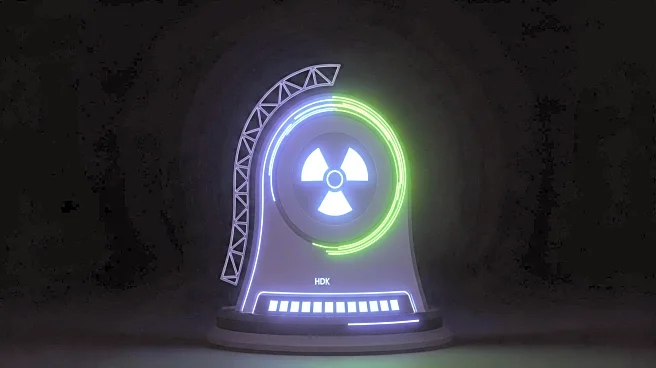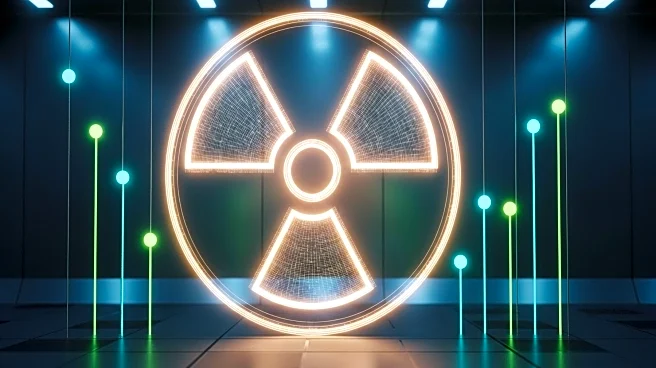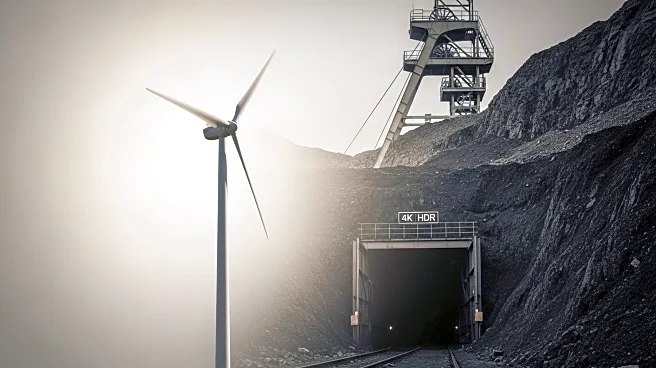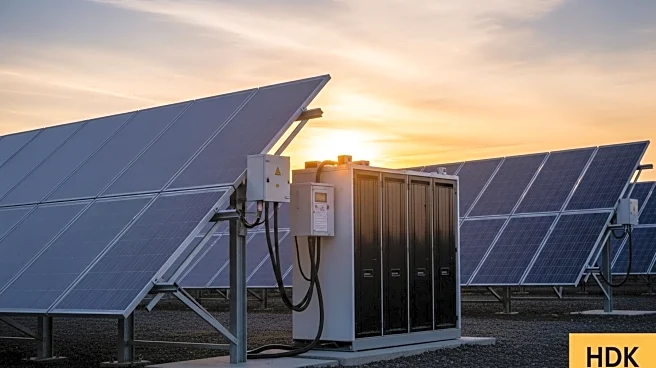What's Happening?
The resurgence of interest in nuclear energy is driven by increasing power demands, particularly from tech giants seeking reliable energy sources for data centers and AI projects. The World Nuclear Association symposium highlighted the need for substantial investments in nuclear energy, with projections indicating a rise to $2.2 trillion by 2025. Despite the potential benefits of nuclear energy, including its reliability compared to intermittent renewables, challenges such as high capital requirements, political uncertainties, and long construction lead times persist. The development of small modular reactors (SMRs) offers a scalable solution, but commercial viability remains distant, with most projects expected to come online by 2030.
Why It's Important?
The renewed focus on nuclear energy is crucial for meeting the growing electricity demands across various sectors, including AI, metallurgy, and shipping. As traditional energy sources face limitations, nuclear power presents a viable alternative for sustainable and continuous energy supply. However, the financial and regulatory hurdles associated with nuclear projects pose significant challenges. The involvement of governments and financial institutions is essential to overcome these obstacles and ensure the successful implementation of nuclear initiatives. The outcome of these investments could significantly impact the energy landscape, influencing policy decisions and economic growth.
Beyond the Headlines
The nuclear energy sector's reliance on government support and public-private partnerships highlights the political nature of these projects. The financial sector's increasing openness to nuclear investments marks a shift from previous hesitations, yet the risk appetite remains a critical factor. The comparison between Western and Chinese approaches to nuclear financing underscores the need for efficient project management and timely delivery to achieve better margins. The long-term success of nuclear energy investments will depend on overcoming technical complexities and securing necessary licenses, paving the way for a more sustainable energy future.











